How to Become an Effective Project Leader for Your Team

Sorry, there were no results found for “”
Sorry, there were no results found for “”
Sorry, there were no results found for “”
Projects make the business world go ‘round. Project management professionals usually get a lot of the credit for project success, but they aren’t the only ones who get results. Project managers might get all the hype, but project leaders are the movers and shakers who oversee projects, develop big ideas, and manage resources.
Being a project leader is about a lot more than meeting deadlines and overseeing tasks. It requires motivating team members and achieving project goals. That might sound pretty similar to a project manager role, but the two jobs aren’t quite the same.
In this guide, we’ll explain what project leaders are and how they differ from project managers. We’ll also let you in on the most in-demand characteristics of effective project leaders, plus 10 strategies to help you become the world’s best project leader. 🙌
A project leader manages the overall project plan and ensures deliverables are completed within the specified timeline. Unlike a traditional project manager, the project leader focuses more on guiding and inspiring the project team. The role involves a higher level of involvement, focusing more on the strategic and interpersonal aspects of team management.
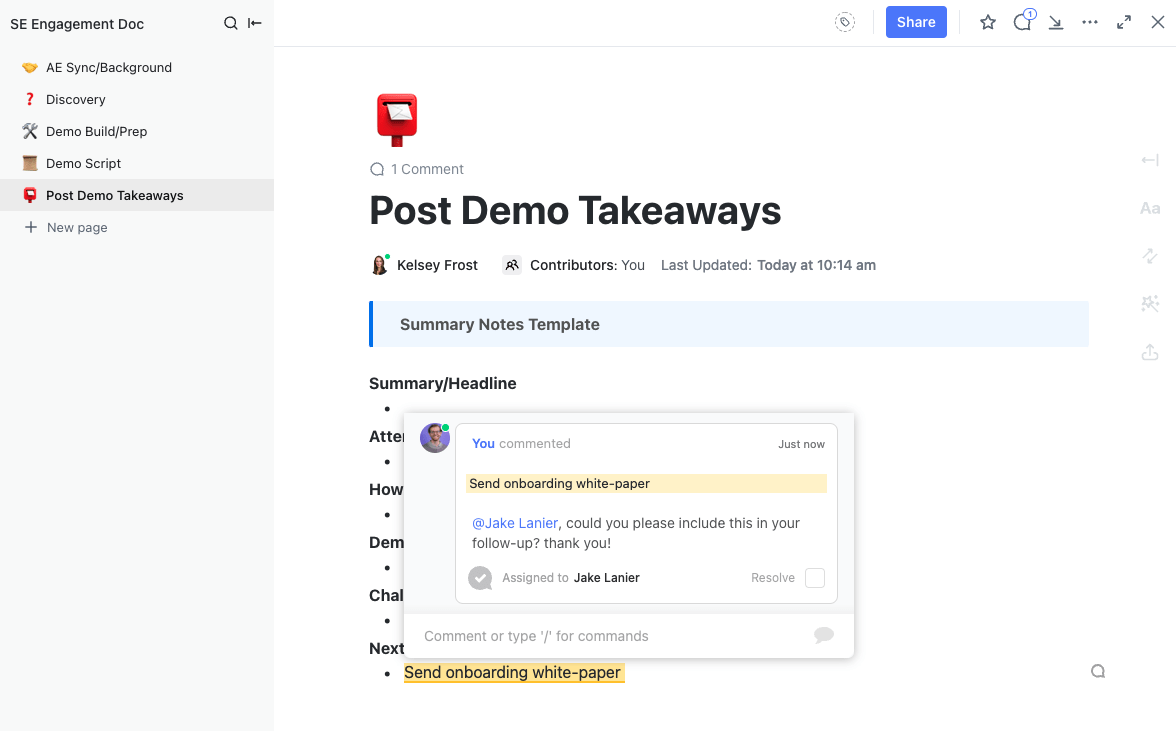
Project leaders usually handle tasks like:
Project management leaders have strong leadership skills and know how to build a positive, productive work environment where everyone feels like they’re part of the team. They need great interpersonal skills, although understanding project management tools and methodologies, like Scrum and PMI guidelines, doesn’t hurt either.
If you’re looking for project leadership roles, you might come across job listings for both project managers and project leaders. These roles have some overlap, but they’re actually two separate jobs. Check out the key differences between these two roles to see what’s best for your experience and skills.
Project managers are the implementers. They execute the project and control all of the moving parts. They’re concerned with meeting project objectives, keeping all work within the project scope, and ensuring the project deliverables are completed on time.
Project leaders, on the other hand, are the visionaries. It’s not unusual for the project leader to come up with the initial project idea. These master delegators hand their vision over to project managers for execution while they focus on high-level project success. 💡
While project leaders are still down-to-earth and rational, they’re the mad geniuses of project management. They’re more willing to take risks and accept out-there ideas. Project managers balance this with a more measured, action-oriented approach, ensuring the project leader’s ideas are actually achievable.
Professional project managers are certified by the Project Management Institute as Project Management Professionals (PMPs). This is a specific certification that proves a manager knows how to follow multiple methodologies or work frameworks.
Project leaders don’t have official credentials. There’s a lot of value in having a PMP certification as a project leader, but it isn’t always a requirement. This is a more generalist role, so it’s more important for the project leader to have institutional knowledge, interpersonal skills, and a healthy imagination.
Project managers oversee the project plan, project schedule, and team workflow. They usually manage resources and budgets, although some organizations give this task to the project leader. Project managers will also ensure the projects follow PMI best practices and comply with industry regulations.
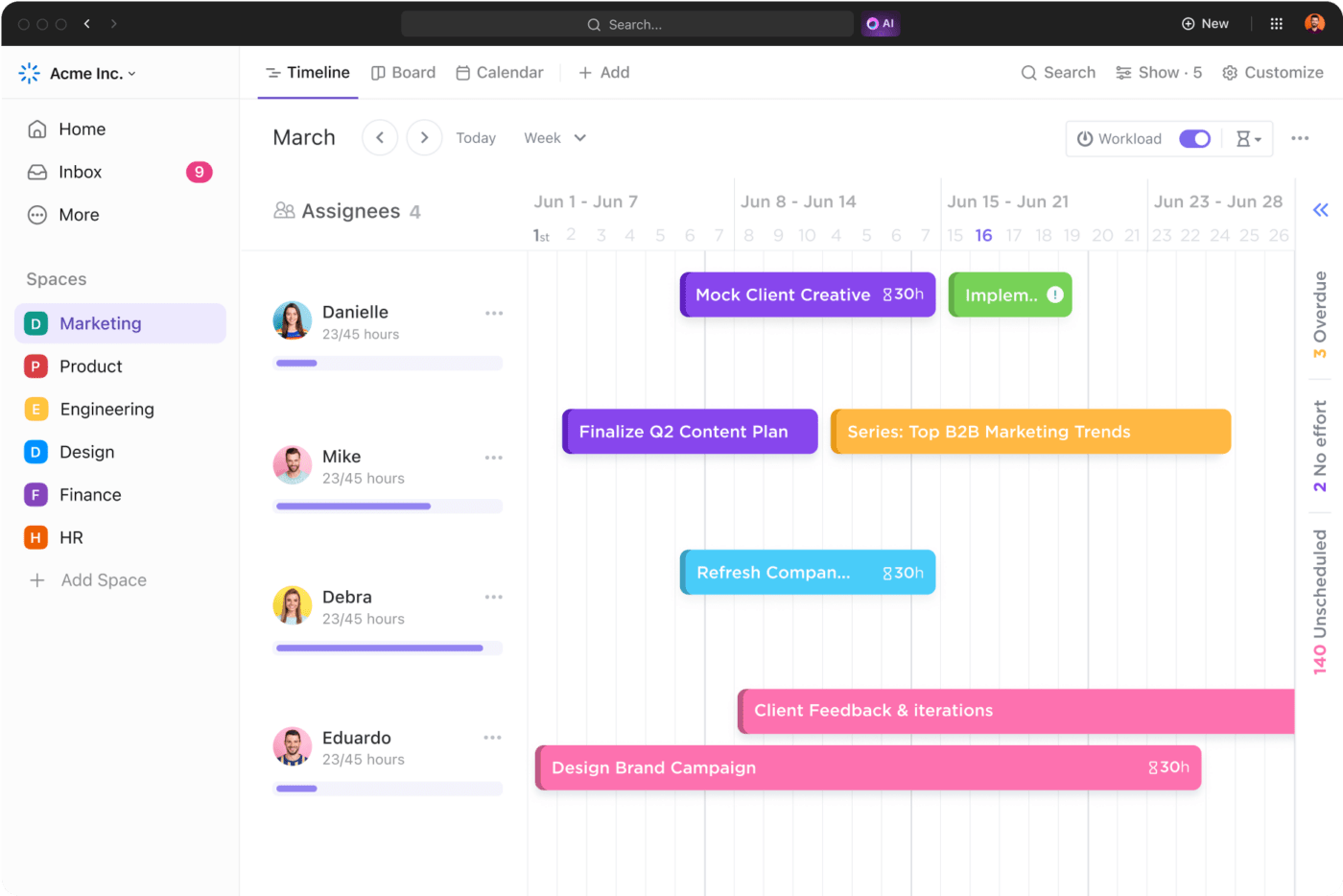
The project leader supports the team’s vision and aligns that vision with the project goals. They focus on innovation and creative problem-solving. Since they’re usually in charge of interpersonal dynamics, project leaders handle conflict resolution. Whether there’s an issue within the project team or with a client, they’re the mediator.
Project managers are more policy-driven and follow structured decision-making processes. Project leaders are more flexible and adaptive than project managers. To that end, the project manager works more as a supervisor or project coordinator. The project leader is also the team leader who acts as a mentor. They foster a collaborative and empowering work environment that—if executed well—supports great work and a strong team culture.
Project leaders should inspire and guide a team to not just achieve their goals, but to grow and excel in the process. This is a surprisingly demanding role that requires a mix of soft skills, like conflict resolution, and hard skills, like project management. Every business needs something different from their project leaders, but professionals with these qualities are shoo-ins. ✨
Project leaders should be able to look at the big picture. While project managers focus on the minutiae of executing a project plan, project leaders stay two steps ahead, aligning project goals with a bigger vision. They anticipate future challenges and opportunities and help their team flex as needed to create an even better end product.
As helpful as innovation and creativity are for a project leader, you still need technical skills. Some organizations might require you to have a PMP certification for this role, while others might require industry-specific experience, certifications, or skills. What matters is that you have the hard skills to manage an experienced team.
Project leaders need to excel in both verbal and written communication. They keep the ship going, so clear, direct communication is a must. Good leaders will step in to clear up misunderstandings and confusion, so it’s important to know how to manage communication breakdowns without frustrating your team.
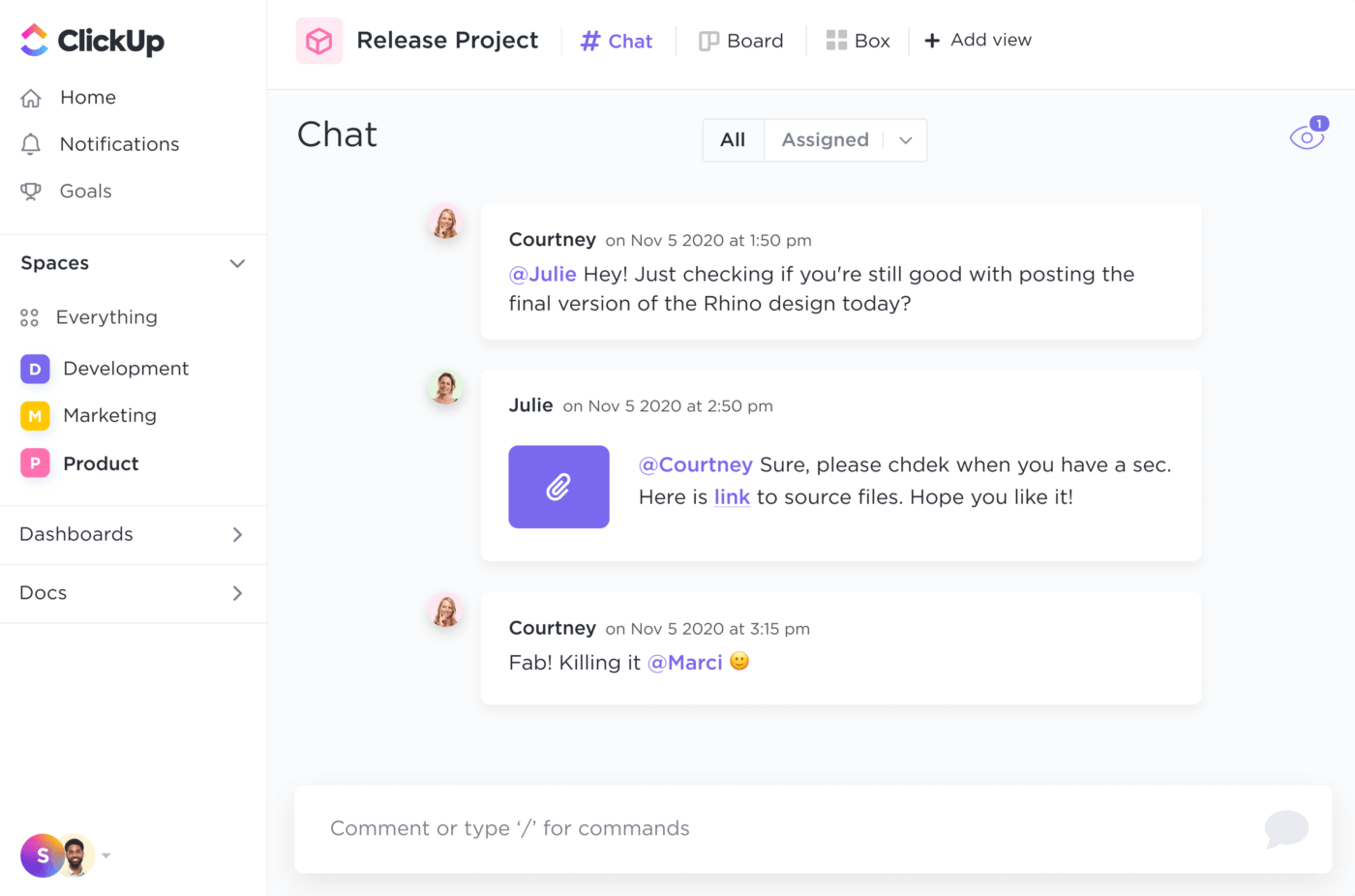
People are complicated, so it’s essential for a project manager to have a high degree of emotional intelligence. Active listening, stress management, empathy, and emotional regulation are qualities everyone wants in a project leader. These skills will help you navigate sticky issues that inevitably come up during the course of a project, whether it’s an interpersonal conflict or an unreasonable client deadline.
The project leader is the one who calls the shots, so you’ll need to be able to make timely, sound decisions under pressure. But not just any decision will fly here; you have to be able to make innovative, thoughtful choices. This doesn’t mean you have to work in a vacuum, either. Experienced project leaders know how to collect feedback, evaluate it, and incorporate it into their decision-making processes.
Decisiveness is important, but it’s just as important for a project leader to acknowledge when it’s time to change direction. You need to adapt to changing project scopes, team dynamics, and all of the unforeseen challenges that come up over the course of a project.
You can’t do everything by yourself. Successful project leaders understand the strengths of everyone on the project and delegate tasks accordingly. This takes work off your plate, but it also empowers the team and builds a culture of trust.
A solid project leader can make the difference between success and failure. Follow these pro strategies to boost your skills and lead your team to success.

Projects have so many moving parts. It’s easy to get turned around if you don’t have an organizational system or platform to back you up. That’s where project management software like ClickUp comes in.
ClickUp is a work, team, and project management platform that improves your workflows and task organization. You focus on the big ideas, and we’ll help you make them happen.
There’s no need to schedule daily status calls. Just set up your project in ClickUp and customize the Dashboard however you see fit. Choose from over 15 custom views to support your leadership approach, workflows, and preferences.
But project management is just the tip of the iceberg. Real-time Docs, an AI writing assistant, oodles of templates, and 100% customizable dashboards make project leadership a breeze in ClickUp.
You probably attend a lot of meetings. That doesn’t leave you with a lot of time to do your actual work. Instead of overscheduling yourself, carefully structure your day with a tool like a daily planner. Whether you track it digitally or on paper, planning your schedule a week ahead of time will make it much easier to balance your tasks and meetings. It even gives you the opportunity to delegate work, so don’t be afraid to plan ahead!
Some folks are happy to go along with the status quo. But project leaders know change is sometimes necessary for success. If you know something’s broken and not working for the team, fix it!
Process improvement is part of effective project leadership. Ask your team about inefficiencies or weaknesses in your processes, technology, or leadership approach. You can always create an anonymous feedback form to collect candid feedback. The key is to take action on these suggestions instead of sweeping them under the rug. Taking action builds trust with your team and improves the business—it’s a win-win!

You only have so many resources for this project. As a project leader, you need to assign appropriate priority levels and divvy out resources accordingly. Instead of making decisions based on your emotions, it’s important to rank priorities based on urgency and importance. That might require using tools like the ClickUp Priority Matrix template to make unbiased decisions.
Project leaders pour themselves into their teams. But when was the last time you invested in your own development? Set leadership goals and continue growing your skills as a project lead. Set SMART goals like “I will take a leadership course online by the end of Q1” or “I will increase employee retention by 5% by December 2024.”
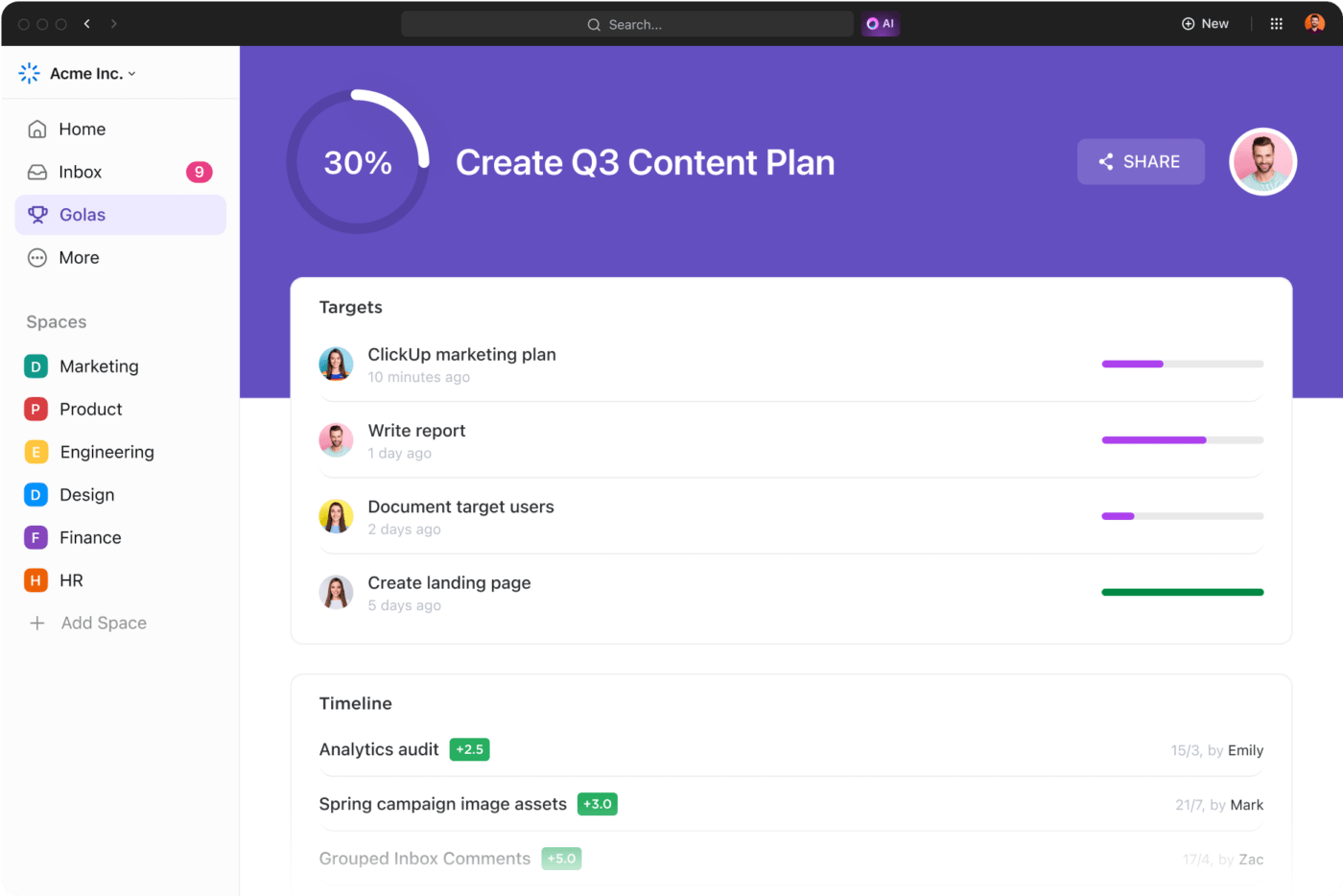
The last thing you want to do is step on someone’s toes. Everyone in the project needs crystal clear roles without overlap. Avoid rework and resentment by spelling out who is in charge of what. You can always assign tasks automatically in a tool like ClickUp to minimize confusion.

And no, we aren’t talking about trust falls or weekend retreats. Team building doesn’t just happen during once-a-year events; it happens every day. Daily interactions have a bigger impact on your team culture than anything else, so if you want to foster a more productive workplace, become a master at team building. That might look like:
None of that sounds as fun as a trust fall exercise, but these strategies will really move the needle and foster a cohesive project team.
Burnout and a lack of enthusiasm can wreck project progress and hurt team morale. As the team leader, it’s up to you to keep everyone engaged. Acknowledge your team’s hard work with tangible rewards, share metrics that prove their hard work is paying off, and act on employee suggestions or feedback.
Project leaders are innovators and dreamers. As a project leader, people look to you to bring a fresh perspective and new ideas to the table. Read the news, try the latest technology, and know what’s going on in your industry. Spend at least 10 minutes a day educating yourself on trends so you can think outside the box.
If you spend all of your time with people in your business or industry, you probably won’t hear a lot of interesting or new ideas. For fresh ideas, you have to leave your comfort zone and connect with new people. Listen to podcasts, read books, and attend networking events for other industries or interest groups. You never know where your next great idea will come from!
Project leaders keep projects on track, but they’re so much more than that. They’re equal parts mad genius, visionary, and peacemaker. They might not get the air time that project managers do, but innovation just can’t happen without project leaders at the wheel. 🏎️
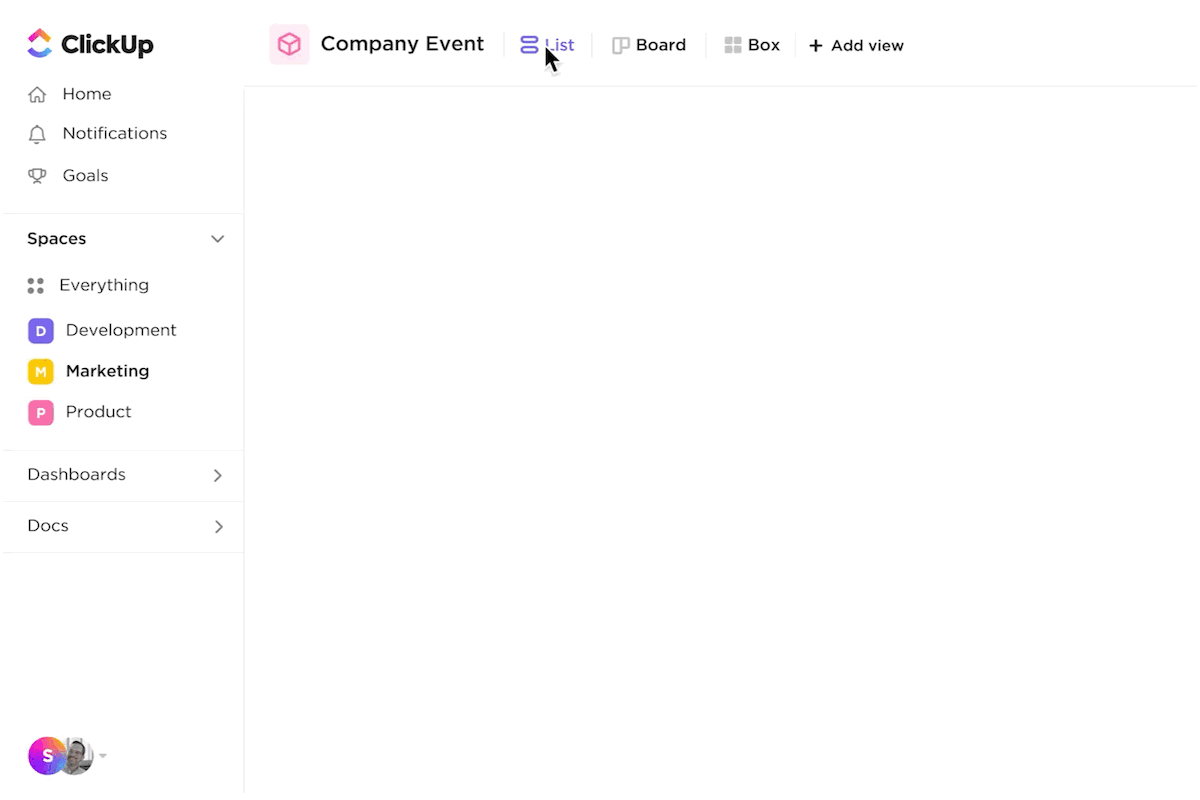
Whether you’re thinking about a career in project leadership or you’re well on your way to becoming a project leader, you need the right tools in your corner. ClickUp has your back every step of the way. We keep all of your team’s communications, big ideas, brainstorming documents, data, and content in one place so you can focus on real innovation.
But don’t just take our word for it. Create a free ClickUp Workspace now to manage projects at the speed of a click.
© 2025 ClickUp